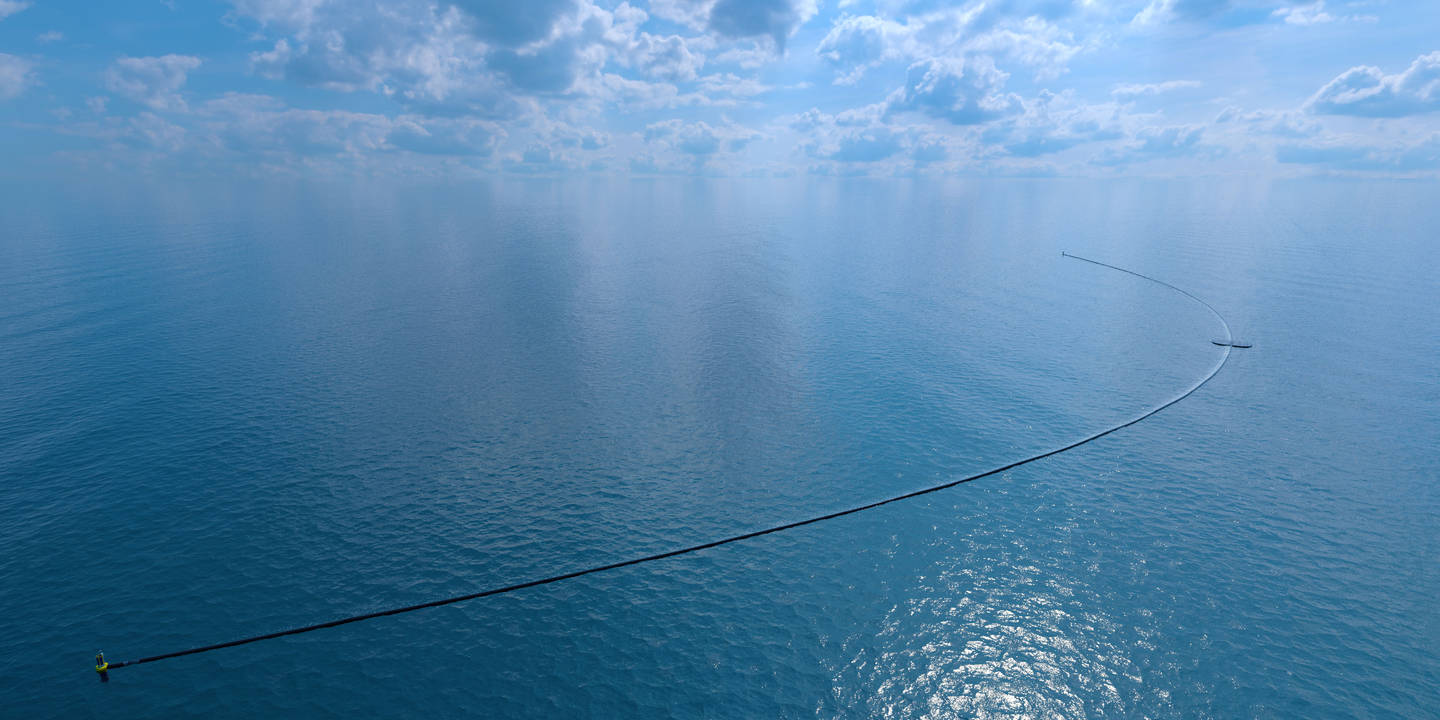If you’ve been living in a cave this last year, or on a social media hiatus that caused you to miss the news and Blue Planet 2, you may not know about the planet’s plastic crisis. But it feels like most of us are becoming more aware of the issue of plastic and the sheer quantity we use in our day to day life. If you go to do a food shop, student finance money in hand, it is pretty impossible to get your dinner (or tea, we write for the North and the South) without plastic in your basket.
But why should you care? Well, there’s a number of reasons. Some predictions suggest that 12.7 million metric tonnes of plastic enter the ocean each year. It is thought that a staggering 11.1 billion plastic items have become entangled in coral in the Asia-Pacific alone. The plastic entangled in coral increases the risk of disease by 89% as it transmits Vibrio bacteria, causing white syndrome in the coral. The diseased coral dies, and with it the habitat of countless fish. This has knock on effects to other marine species and reduces the productivity of fisheries, thus affecting human livelihoods.
Small plastics are eaten by plankton, fish eat the plasticised plankton, and we eat the fish – ergo we eat the plastic.
Furthermore, small plastics are eaten by plankton, fish eat the plasticised plankton, and we eat the fish – ergo we eat the plastic. The higher up in the food chain the fish are, the more plastic they have in them, the more plastic we ingest. And last time I checked plastic wasn’t one of your five a day. On top of all of this plastic can affect the hormones of the species eating it, strangle marine animals, and fill up the stomachs of birds so they can’t eat any more and starve from lack of nutrition. But is it all doom and gloom? Is there hope on the plastic covered horizon? Possibly.
The Ocean Cleanup is the brain child of 24-year-old Boyan Slat who came up with the idea at the ripe old age of 16. It’s a very ambitious project but the mechanics are surprisingly simple. The system is essential a giant float – a 600m long u-shaped float to be exact. The floater prevents plastic from going over the top of the system and escaping, there is also a ‘skirt’ below the float which stops plastic from passing under it. This creates a barrier and the plastic gets accumulated due to the u-shape of the float.
It is an energy neutral system that takes advantage of natural processes such as wind and ocean currents to propel it along, scooping up the plastic like a giant pac-man of the seas. Every few months, the ocean cleanup will be emptied by a ship acting as a bin lorry of the ocean. The plastic collected will be transported to land and sorted for recycling.
Now, that technology all sounds fairly simplistic, but the aims of this project are huge. The Ocean Cleanup aims to reduce the size of the Great Pacific Garbage Patch (the largest of the five ocean ‘garbage patches’) by 50% in 5 years based on a full fleet of 60 floats. To put this in perspective, the Great Pacific Garbage Patch is three times the size of France, so it’s fair to say it’s pretty large. The project has been underway for a number of years but was only deployed three weeks ago for its first full test run. Fingers crossed the tests are successful, as Slat’s vision could help reduce our impact on the oceans.
However, one of the biggest ways to stop the plastic crisis is to reduce our current production of plastics by reducing demand for plastic. We can all do our bit. Buying our veg loose, carrying a reusable coffee cup, or lobbying for change – every little helps.
Image source: https://www.theoceancleanup.com/

